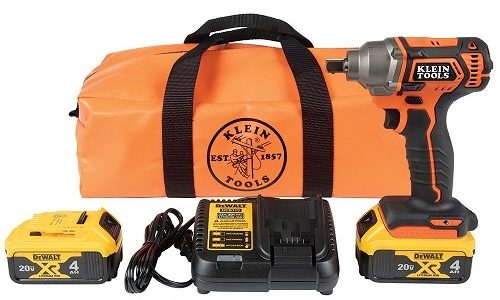Most of us have some questions buzzing around our heads about the future of Battery Operated Power Tools – so let’s take a brief look around at some of these common questions: Is Battery Operated Power Tools still worth the investment you’re planting for it? What about safety issues? What if I need a spare part, will my tools run on batteries or need to be plugged in? And lastly, will my tools run without an owner’s manual? Here’s a closer look at what we expect Battery Operated Power Tools to be like.
We can pretty much figure out the answer to the last two questions by looking into what Battery Operated Power Tools should be. The obvious benefit here is that your tools will last longer due to being charged and discharged less often. For the average user, this shouldn’t make too much of a difference, but for someone who uses their tools heavily or uses it daily then this could make a world of difference. With less recessions and more tool life in general, you should end up saving quite a bit of money. The downside here is that the tools will require more energy to run, which can be a problem in some circumstances.
Safety is another big concern. Many people don’t realize that when using a battery powered drill for example, you must be absolutely sure that there are no poisonous gases or that there are no flammable liquids present. Both of these are a huge danger if ingested. Another thing to consider is whether the battery you’re using has been treated with a safe chemical. Unfortunately, in many circumstances, the only way to know if something has been treated is by having it tested – and again, this can be a risky procedure.
Most tools run off of one of two kinds of batteries – Nickel Cadmium (Nicad) or Lithium-ion (Li-ion). Both of these have their pros and cons, as well as great differences in what they offer. Nickel cadmium is the cheapest and the safest because it doesn’t get spoiled easily and it doesn’t tend to leak. It also has good thermal conductivity, but this is diminished if you’re working with a humid environment.
Li-ion batteries, on the other hand, are the more expensive of the two, but they tend to last twice as long as nickel cadmium. They’re far less toxic, although they’re not as conductive as cadmium, so they conduct heat poorly. Because of this they can be used in any climate, whereas nickel cadmium has to be kept stored away from other metals and liquids, and its performance in temperature extremes is diminished. You’ll find Li-ion tools in most tool boxes as they’re fairly easy to come by. The downsides to these batteries are that they don’t last nearly as long, they’re relatively expensive, and they can be difficult to repair.
There are many different battery types out there for power tools. You can use NiCad, Li-ion, alkaline, and several others, so be sure to research each before making a purchase. Some brands that you might want to research include: Lithium ion cells (or NiCad cells), deep cycle batteries (or DCC), and trickle-charge batteries. Some brands you may never hear of are: car and truck batteries, golf cart batteries, motorcycle batteries, marine batteries, back up batteries, and marine batteries. You should keep in mind, however, that if you purchase a cheap battery, it won’t hold as long as a more expensive one, and it won’t perform as well either way. So spend the extra money if you need it, but get the right battery to begin with.
Are you looking for battery operated power tools? Call Matrix Tools today for free quote.
